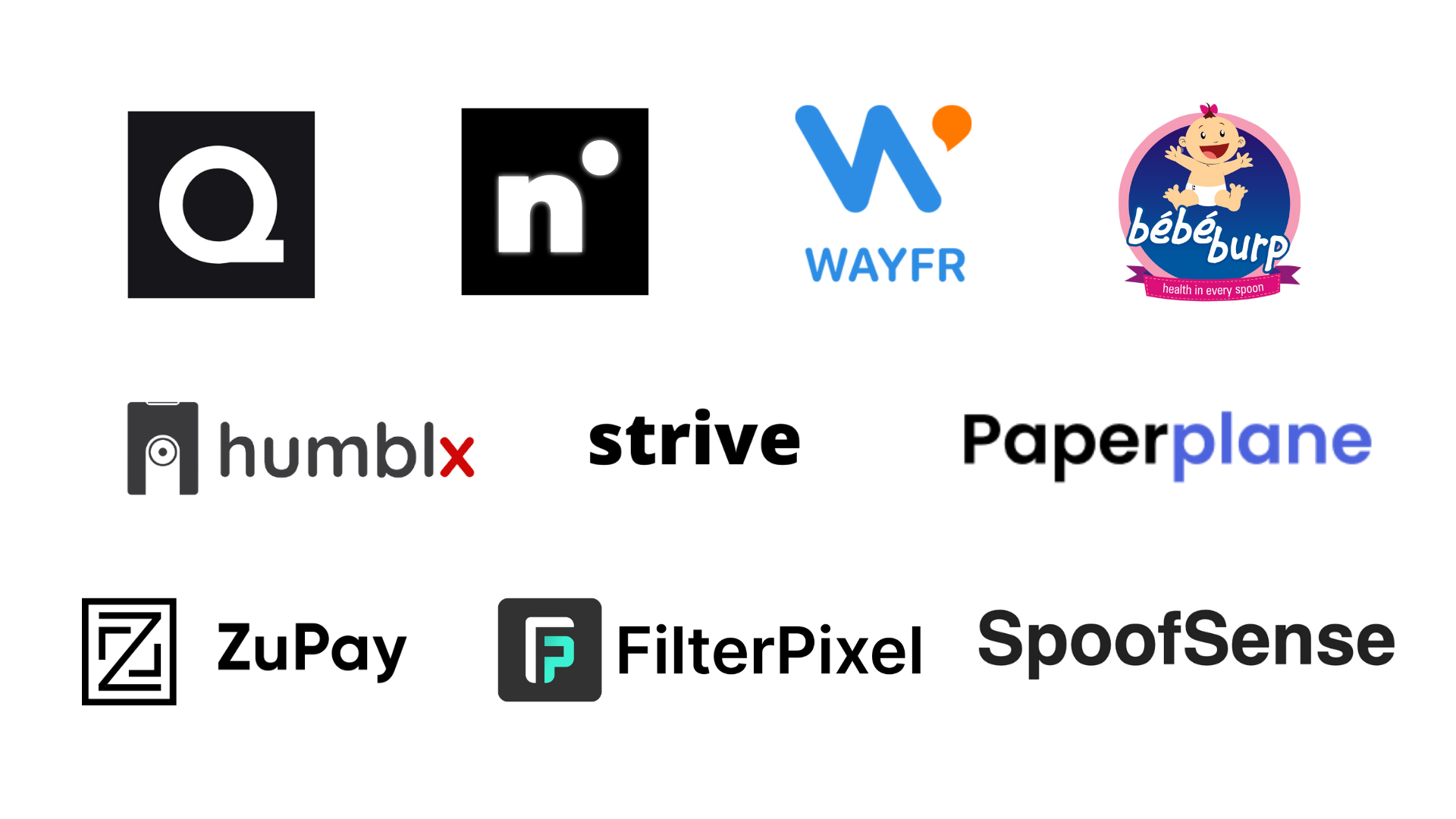Smartphone sales likely to take a hit in India amid Coronavirus outbreak, says Phonecurry report
The coronavirus scare and the Lunar New Year holidays have forced numerous factories in China to remain shut, impacting the production of smartphones.
The ongoing coronavirus outbreak has not only contributed to the recent stock market crash, but has also slowed down the aviation and tourism industries across the world. And now, according to a report published on phone recommendation platform PhoneCurry, the smartphone market in India is not safe either.

PhoneCurry recently launched its real-time market intelligence tool Lumos, which ran a series of data crunching algorithms and published a report on the same. The report signifies early 2020 trends for smartphone sales in India, and how coronavirus has impacted them. It holds key early insights from the Indian smartphone market in 2020, tracking the first two months of the year, January and February.
According to Lumos, 2020 began with a definite slowdown, as the overall volume of online sales in January and February were 30 percent lower than the numbers reported in November and December of 2019.
Part of it is explained by a natural decline in shopping propensity after the festive season, as well as due to fewer important new launches in Jan-Feb 2020, as compared to Jan-Feb 2019. There were 24 new launches in Jan-Feb 2019 compared to 17 launches in Jan-Feb 2020 for the top 10 online selling brands.
The report also suggests that there is a general consumption slowdown in India, which is reflecting on the sales of smartphones.
Sahil Bajaj, CEO and Founder, PhoneCurry, says,
"Mind you, all of this is without any major supply-side effect of the Coronavirus till date. We are in for tougher times."
According to the report, the impact of the coronavirus outbreak will now begin to show up, with a 20 percent decline in production expected this quarter (YoY). A similar drop is also expected in the next quarter (YoY).
The coronavirus impact on Chinese factories
The report states that the restart has been full of stutters and the current average running capacity of factories making mobile phone supply chain components is at around 25 percent. About 60 percent of the workforce in these factories, who went back to their hometowns for the Chinese New Year, were unable to return because of the various travel and mobility restrictions.
Limited availability of upstream and downstream logistics, also impacted by the unavailability of the workforce, is adding on to the troubles. Another major roadblock was the shortage of face masks, which are now a ‘must-have’ as per many local government regulations.
Sahil explained,
"In essence, this is a ‘the chain is as weak as its weakest point’ phenomena. A lot of things will have to fall in place for a sense of normalcy to return."
Overall, the Lumos report estimates that China’s mobile phone components factories would limp back up close to normalcy at 80 percent of optimal utilisation only by the end of April. This is pushed largely by the efforts of the Chinese central government to now focus on reopening the factories.
The risks of the ‘pandemic’
While the World Health Organisation (WHO) has been reluctant to term the coronavirus outbreak a ‘pandemic’, many scientists believe it to be so.
A pandemic would mean that governments around the world would have to shift strategy from placing quarantines, travel restrictions and contact tracing, to measures like cancelling mass events in order to contain the spread of infection and buy more time to develop vaccines.
In terms of industrial output, a ‘pandemic’ would likely be ‘beneficial’, since it would mean the end of quarantines, and the world slowly returning to and accepting ‘a new normal’, the report said.
The focus would shift to trying to slow down the disease in manufacturing setups and offices. This would mean social distancing measures for workers, instead of ‘absolute containment’.
Impact on India’s smartphones
Virtually, all of the final smartphone units sold in India (over 95 percent) are now assembled at home. The country still sources about 75-80 percent of mobile phone components from China, and that is where India’s supply chain is expected to take a hit.
Nearly 85-90 percent of the mobile phone display component and 70-80 percent of the semi-knocked down (SKD) kits are imported from China. So far, there has not been much impact as brands usually stock up ahead of the Chinese New Year holiday season, and they have been relying on their stocks so far.
Hence, it is expected that India will see a lagging cycle of stock hits, with the impact likely to start from the beginning of March. The hit in the production, as the report estimates, is already reflecting in the industry, with Xiaomi raising prices of Redmi Note 8 by Rs 500. Many other phones might see price increments as companies try to regulate demand.
Where there may be a price increase, Sahil says it is expected to be in the range of 5-10 percent, and the consumers might also see a lot of phones going ‘out of stock’ on online retail stores.
Meanwhile, the report also states that India continues to be a 'value smartphone market' with 60 percent of online sales being under Rs 10,000. The top five online selling brands in January and February 2020 were Xiaomi, Realme, Samsung, Vivo, and Infinix, and the top 10 online selling phones include four Xiaomi phones, three Realme phones, two Samsung phones and an Infinix phone.
Interestingly, Xiaomi and Realme took home close to 60 percent of all sales, leaving 40 percent of the online market pie to be shared among all other brands. As for the online search trends, Samsung jumped to the number one spot, followed by Xiaomi and Realme.
(Edited by Kanishk Singh)













